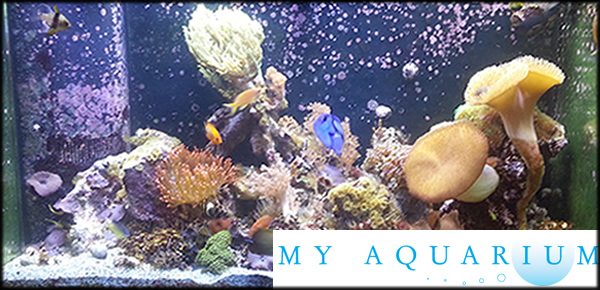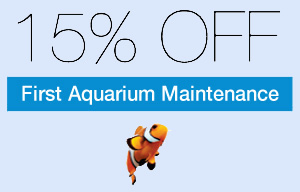Aquarium Driftwood - Where To Get It?
Finding And Using Proper Driftwood In Your Aquarium.
Driftwood offers a great natural look to any freshwater aquarium. It is also very easy to find even for free but many aquarists don't know how to get driftwood or how to make it safe for their aquarium life.
Driftwood is safe for your aquarium but to be absolutely sure you can buy your driftwood from an aquarium shop or online dealer. It is quite possible to find and prepare your own driftwood as well.
If you are brave enough to prepare your own driftwood your overall goal is to prevent decay as this will lower the PH of the tank a little is fine but you don't want the PH to get to dangerous levels. It is also possible that the driftwood contains poisonous metals or salts that could kill aquatic life. Good testing of the aquarium water will help warn you if any of these changes are taking place.
Best preparations for driftwood is boiling in a slightly salty water. This boils off any diseases or bacteria. Boiling also adds enough weight that the wood usually sinks without anchoring and lessens the discoloration of the water from the wood.
Each driftwood helps to lower the pH level in the aquarium. Thanks to this knowledge, driftwood is helpful in any fish tank with inhabitants who prefer slightly acidic water. Driftwood can help you to achieve the acceptable pH value very easily without adding any additional chemicals.
Driftwood will change the color of your water some. From yellow to brown. Brown colour actually gives an aquarium more of a natural look; Seeing water that’s crystal clear is a little aquard. Be advised that colouring doesn’t mean any danger for fish or plants, but if its doesn't meet your asthetic needs maybe you should find a artificial alternative.
Cleaning is very easy... With knife or scraper tool. As it is mentioned above, if there has been a disease in the tank, always boil the driftwood for a few hours in salt water. Also drying it and leaving outside of the water helps too.
Advantages:
- Helps to keep pH level under 7
- Is a hiding place for small bottom-dwellers
- Is a spawning place for many species
- Divides a tank to natural territories
- Adds visual appeal


